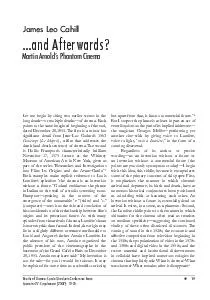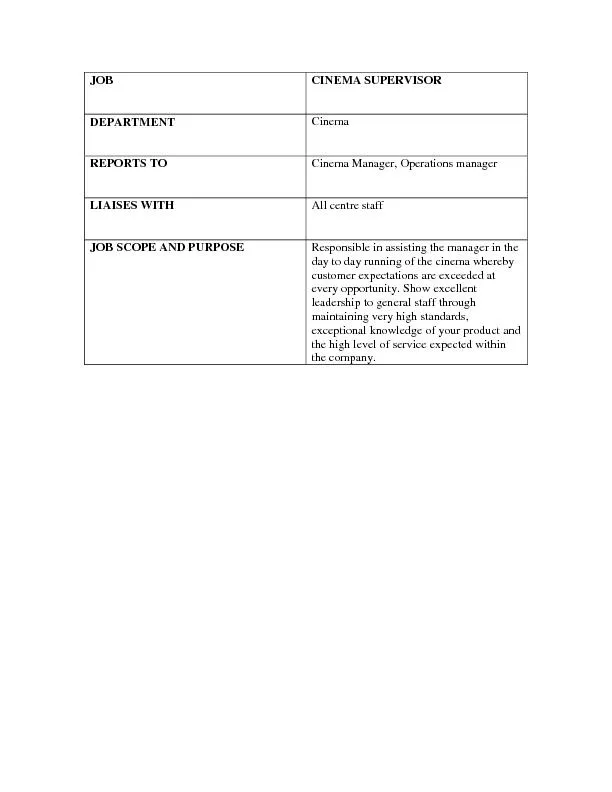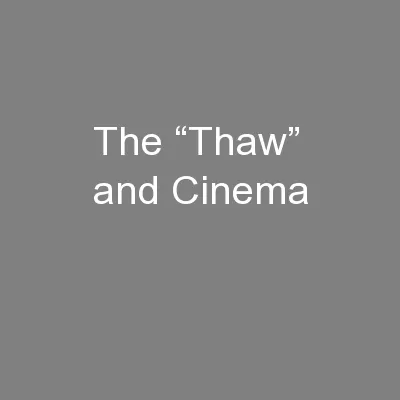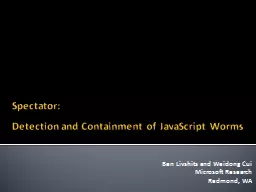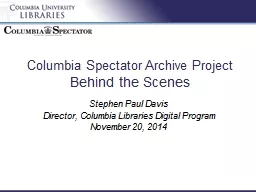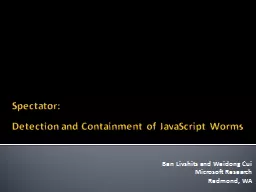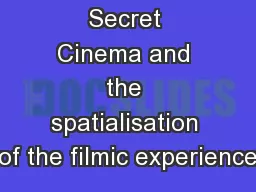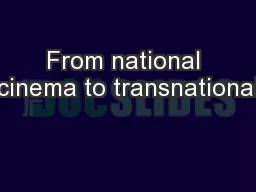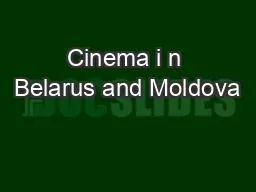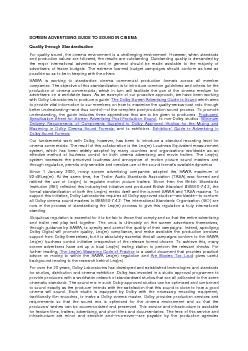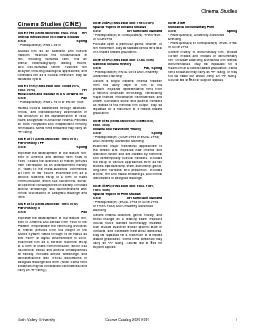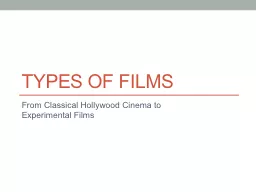PDF-Deaths of Cinema Special Graduate Conference Issue Spectator Supplement
Author : karlyn-bohler | Published Date : 2014-11-27
19 and Afterwards EYjlaf573479jfgd57352k57347HYflge57347afeY James Leo Cahill Let me begin by citing two earlier scenes in the long deathor multiple deathsof cinema
Presentation Embed Code
Download Presentation
Download Presentation The PPT/PDF document "Deaths of Cinema Special Graduate Confer..." is the property of its rightful owner. Permission is granted to download and print the materials on this website for personal, non-commercial use only, and to display it on your personal computer provided you do not modify the materials and that you retain all copyright notices contained in the materials. By downloading content from our website, you accept the terms of this agreement.
Deaths of Cinema Special Graduate Conference Issue Spectator Supplement: Transcript
Download Rules Of Document
"Deaths of Cinema Special Graduate Conference Issue Spectator Supplement"The content belongs to its owner. You may download and print it for personal use, without modification, and keep all copyright notices. By downloading, you agree to these terms.
Related Documents

